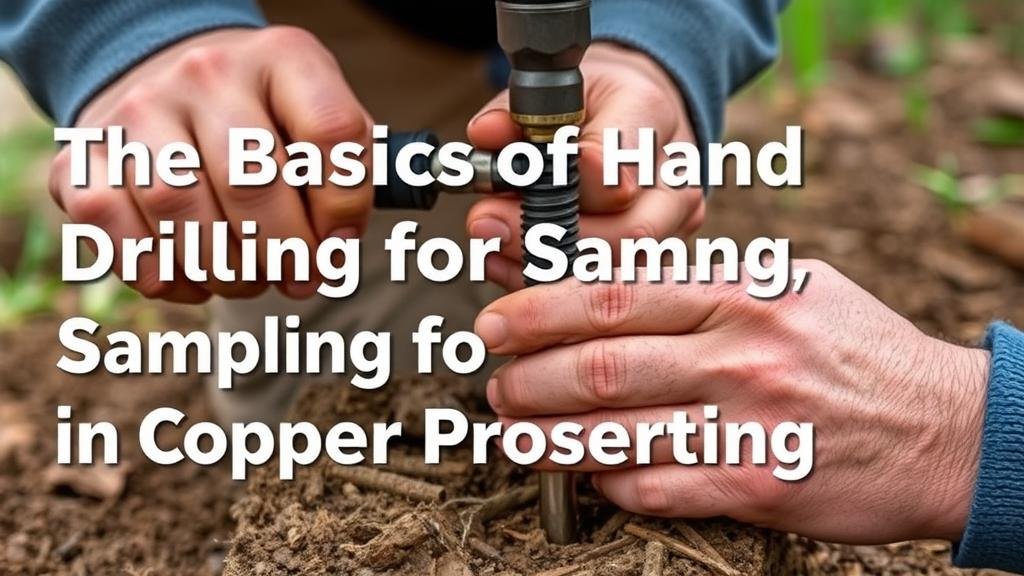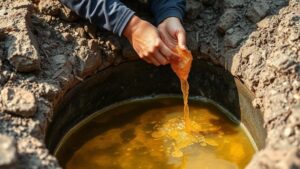The Basics of Hand Drilling for Sampling in Copper Prospecting
The Basics of Hand Drilling for Sampling in Copper Prospecting
Hand drilling is a foundational technique in mineral exploration, particularly in copper prospecting, which serves as a crucial step to evaluate potential mining sites. This article provides an overview of the principles, methods, and importance of hand drilling for sampling in the field of copper mining.
Understanding Hand Drilling
Hand drilling involves the manual use of tools to obtain rock samples from the earths surface. It is a low-cost, straightforward technique commonly used in preliminary exploration stages. Unlike mechanized drilling, hand drilling allows for greater mobility and flexibility while minimizing environmental impact.
Why Copper Prospecting?
Copper is one of the most sought-after metals due to its excellent conductivity and versatility in various industrial applications, from electrical wiring to renewable energy technologies. According to the U.S. Geological Survey, global copper production reached approximately 20 million metric tons in 2021, underscoring the demand for effective prospecting methods.
Key Tools and Equipment
The effectiveness of hand drilling relies significantly on the appropriate tools and equipment. Here are some essential items:
- Augers: These drill bits are designed to efficiently penetrate various soil types and are particularly effective in softer formations.
- Handheld Drills: Equipped with manual cranks, they provide the torque needed to penetrate tough rock formations.
- Sampling Bags: Used to collect and preserve the samples for further analysis.
- Water Supply: A water source is often essential, especially in reducing dust and cooling the drill bit during operation.
The Hand Drilling Process
Preparation
Before beginning the drilling process, thorough site assessments are necessary. Geologists will analyze the area based on geological maps and previous studies to identify promising locations for testing. This preparatory stage may involve:
- Conducting geological surveys to identify the presence of copper deposits.
- Mapping out the drilling grid to ensure systematic sampling across the designated area.
Drilling Techniques
When hand drilling, operators must employ specific techniques to ensure effective sampling:
- Vertical Drilling: This method is straightforward and is often used to reach shallow deposits.
- Angled Drilling: Employing an angle helps penetrate underground layers more effectively, especially in areas with varied geological strata.
Sample Collection
Collecting samples is a critical component of hand drilling. Each sample should bear specific identifiers, including the location and depth. Documentation remains vital for further analysis. Its recommended to collect samples at regular intervals to ensure representative analysis of the geological profile.
Analyzing Samples
After samples have been collected, the next step is analysis. Laboratory tests, such as acid digestion or X-ray fluorescence (XRF), help determine the copper content within the samples. This data not only informs the viability of a site but also guides future drilling operations.
Real-World Applications
Hand drilling techniques have been effectively used in various copper mining operations worldwide. For example, in the Andean region of South America, small-scale miners commonly use hand drilling to assess copper-rich areas before investing in larger, mechanized operations. This method allows them to gather essential data while maintaining lower overhead costs.
Challenges and Considerations
While hand drilling is advantageous, it does come with challenges such as:
- Labor Intensity: Hand drilling is physically demanding, requiring considerable manpower.
- Depth Limitations: This method is more suitable for shallow deposits, as deeper drilling becomes impractical manually.
Actionable Takeaways
For those looking to implement hand drilling in copper prospecting, consider the following best practices:
- Conduct thorough site evaluations before drilling to optimize sample collection.
- Use proper drilling techniques to enhance yield and preserve sample integrity.
- Ensure comprehensive documentation of all samples for effective analysis.
To wrap up, hand drilling is a vital component in the preliminary assessment of copper deposits. By understanding the basics and adopting best practices, prospectors can significantly enhance their exploration efforts and contribute to the sustainable supply of copper for various industries.


